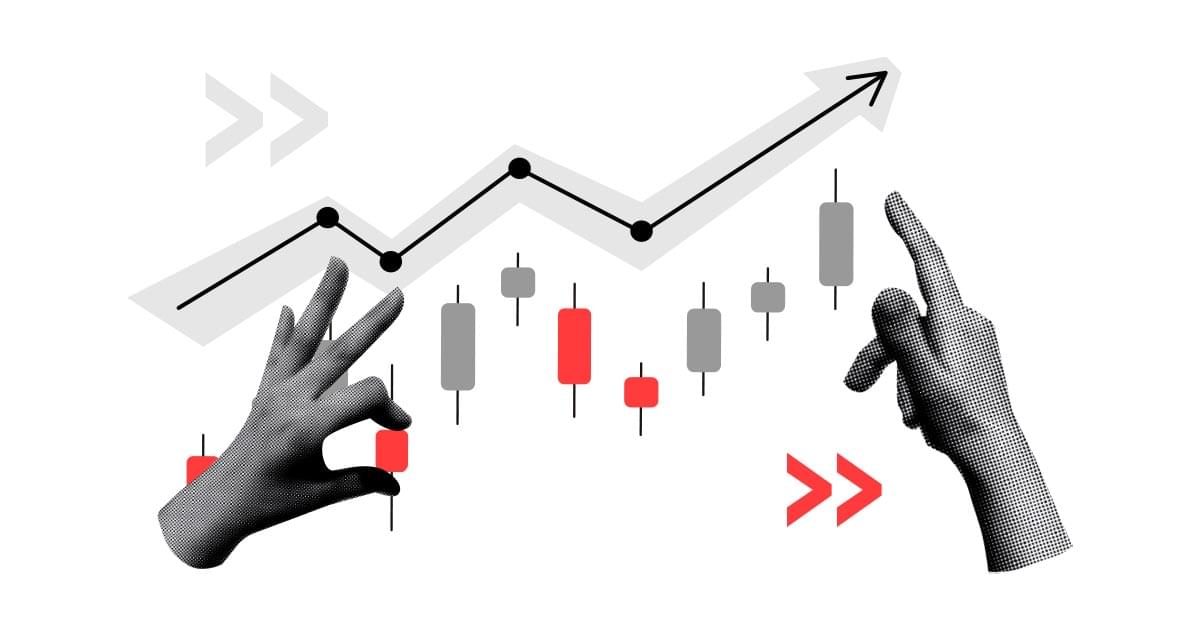At Friday's Bank of Japan meeting, the decision was made to pursue more flexible yield curve control. The Bank is maintaining a very loose monetary policy and buying government bonds to keep the yield on the 10-year government bond at around 0%. There are significant uncertainties about the economy and prices, but the Bank has decided to patiently continue policy, responding adequately to changing conditions. The Bank's objective is to achieve a stable inflation target of 2% in a sustainable manner, not excluding additional easing measures in the future. So let us consider what impact this will have on the Japanese yen and Japanese assets?
What did we learn at the meeting?
The Bank has established the following guidelines for yield curve control and asset purchases:
Yield curve control:
- The short-term interest rate is still minus 0.1%.
- The Bank will continue to buy Japanese government bonds in the quantities necessary to keep 10-year bond yields around 0%. However, this time it is leaving their pricing more to the market.
Asset purchases:
- Bank of Japan will buy ETFs and mutual funds in Japanese real estate
- The Bank will keep the amount of commercial paper at around 2 trillion yen. Corporate bond purchases will continue at a pace similar to that before the COVID-19 pandemic, implying a decrease in the pace of bond purchases.

Source: Tradingeconomics, Repurchase of Japanese Government Bonds
The direct impact of the reduction in government bond purchases can already be seen in the fall in the prices of these bonds, leading directly to an increase in their yields. Currently, the yield on Japan's 10-year bond has risen from 0.5% to 0.6%, and there is potential for further increases. This is the highest level in nine years.

Source: Stooq
The theory is that currencies with higher interest rates or faster rates tend to strengthen. The lack of a decision on interest rate changes has led to a further weakening of the yen, which can now be seen in the USD/JPY pair, which is already up 0.8%. However, this trend could be reversed as a rise in a country's bond yields increases its investment attractiveness.

Source: Conotoxia MT5, USDJPY, Daily
It would appear that additional pressure on the Bank of Japan continues to be exerted by CPI inflation of 3.3%. For the first time in eight years, inflation in Japan is higher than in the US. However, it should be noted that inflation in most Asian countries, including Japan, has a different background. Inflation in the West is mainly due to a significant increase in money printing, as indicated by the measurement of the M2 aggregate. In the case of Japan, the increase in the quantity of money has deviated only slightly from the multi-year trend. The inflation problem here seems to stem more from the import characteristics of the economy, which, when the yen weakens, leads to a natural increase in the price of imported products. This makes it increasingly likely that the Bank of Japan may be forced to rescue the value of its currency. Will we see such steps at the next meeting?

Source: Tradingeconomics, United States aggregate M2

Source: Tradingeconomics, Japan M2 aggregate
Despite the announcement of a weakening of bond buying, especially of corporate bonds, the interest rate still remained at minus 0.1%. Which, by all accounts, means a continuation of the idyll of very cheap credit and could be a positive for the stock market at least until the next meeting on 21 September.

Source: Conotoxia MT5, JP225, Daily
Grzegorz Dróżdż, CAI MPW, Market Analyst of Conotoxia Ltd. (Conotoxia investment service)
Materials, analysis and opinions contained, referenced or provided herein are intended solely for informational and educational purposes. Personal opinion of the author does not represent and should not be constructed as a statement or an investment advice made by Conotoxia Ltd. All indiscriminate reliance on illustrative or informational materials may lead to losses. Past performance is not a reliable indicator of future results.
CFDs are complex instruments and come with a high risk of losing money rapidly due to leverage. 73.03% of retail investor accounts lose money when trading CFDs with this provider. You should consider whether you understand how CFDs work and whether you can afford to take the high risk of losing your money.


